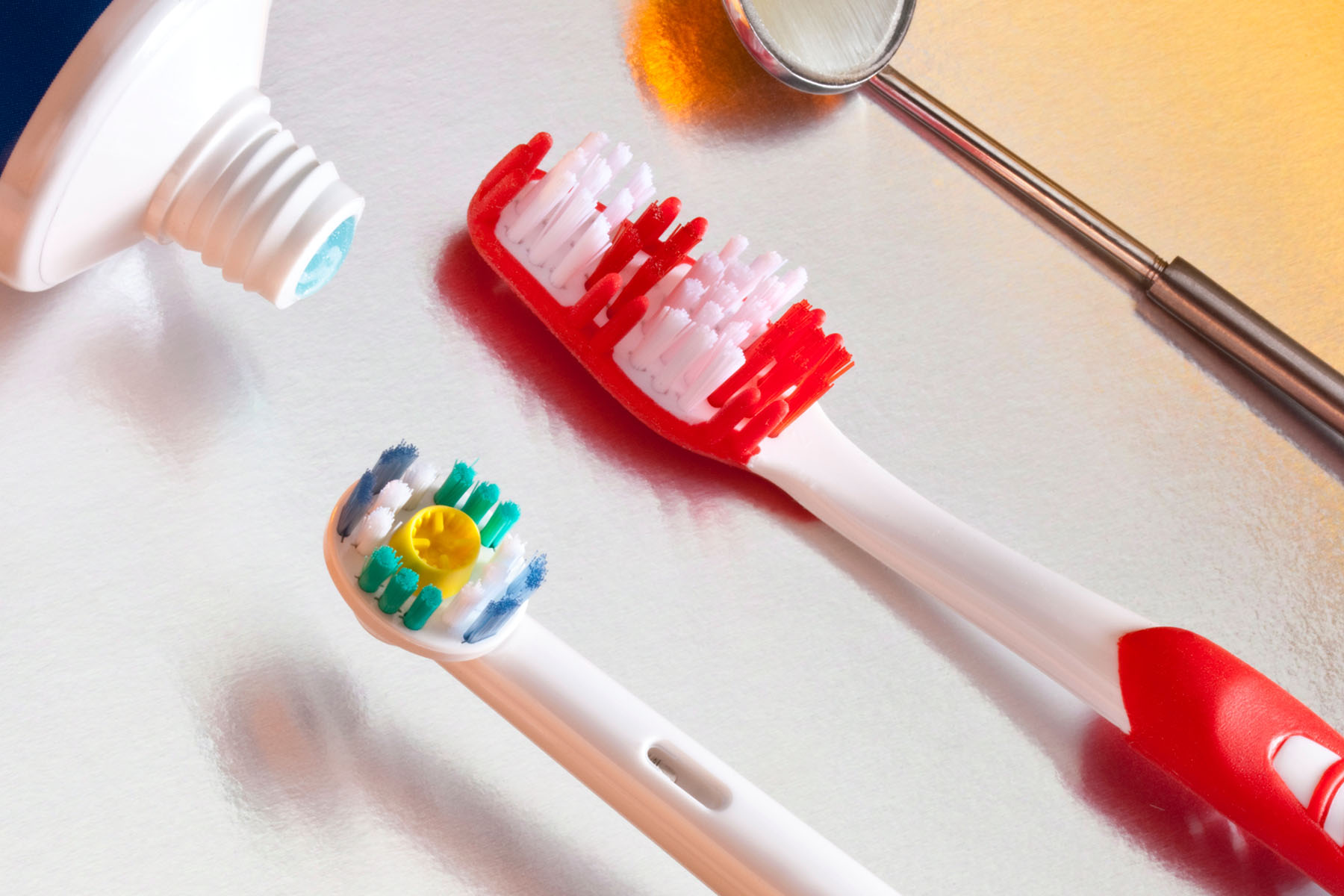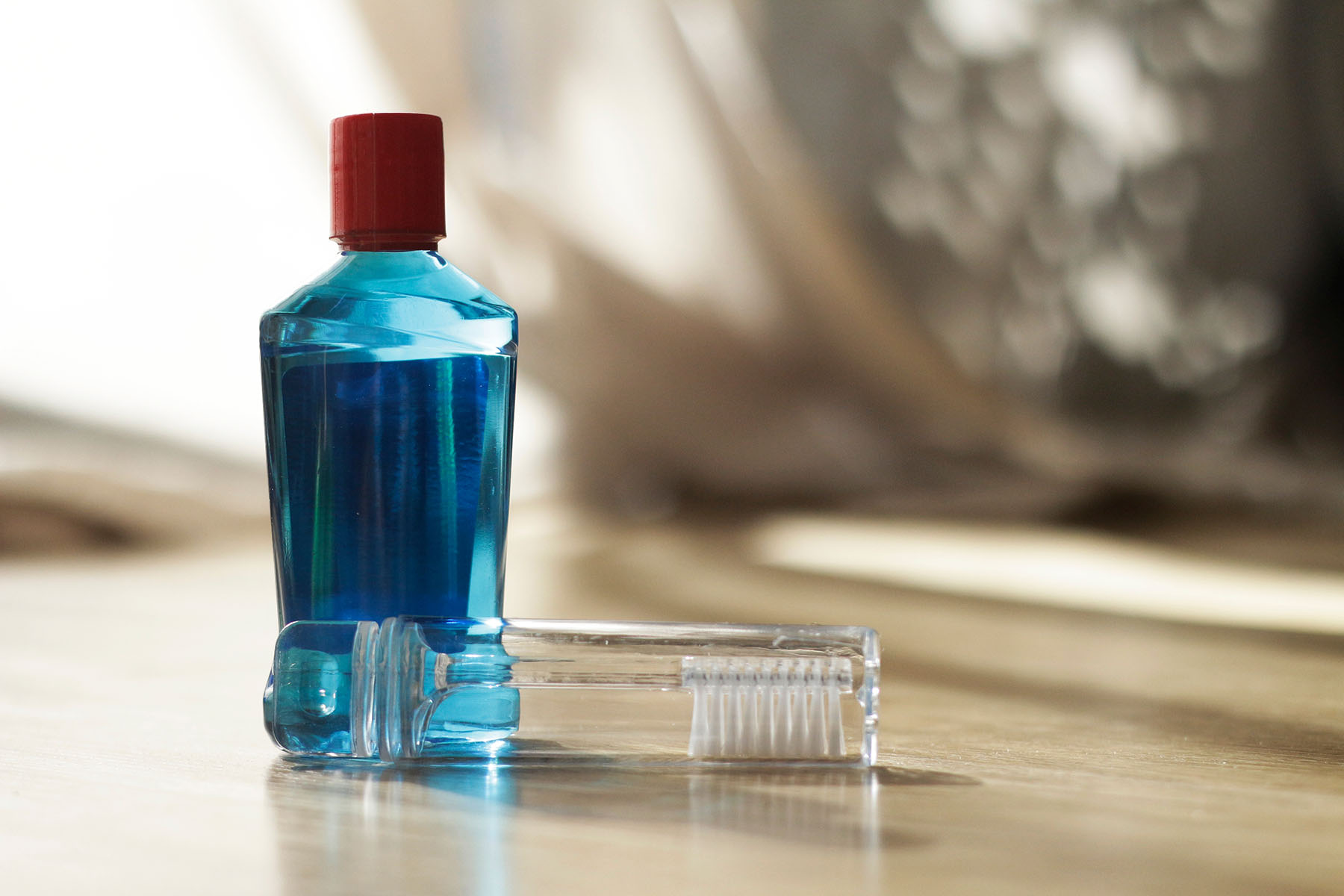
Don’t we all want to have pearly whites? A beautiful smile can open the doors of opportunity. It makes us look not only more attractive but also trustworthy. Perhaps that’s just one of the reasons why drugstore and supermarket aisles are swelling with dental care products.
But how do you make good teeth cleaning choices with so much diversity? Do you need tongue scrapers? What kind of dental flossing should you pick? Worry not. We have assembled a list of basic products that are indispensable these days. Check out these tools for a better smile.
Toothpaste Strengthens Tooth Enamel and Reduce Tooth Sensitivity
The number one tool you need to reduce bad breath and food debris from your teeth (beside the brush itself) is a tube filled with toothpaste. Everybody knows that. What most patients struggle with is determining which product suits best their needs. The market is brimming with toothpaste brands making different claims from germ protection to teeth whitening, sensitivity relief, and tartar control. If you're looking to buy a teeth whitening toothpaste, check out this article to help you make an informed choice.
How do you navigate the wealth of information without going crazy? Which one is going to help you keep your mouth healthy and give you a brighter smile? Here are some vital points to remember about toothpaste and healthy teeth:
- Check fluoride concentration. Go through the ingredient list and see how much fluoride is in that product. It is measured by parts per million of fluoride (ppmF). If the label says around 1,450ppmF, this means it offers robust protection against tooth decay. But if the number reads less than 1,000ppmF, protection is limited or non-existing.
- Be careful with your whitening toothpaste. Many of these contain ingredients that can damage your enamel, such as charcoal. The medical field has not agreed on the potential benefits of charcoal for the teeth. There is not enough evidence to live up to these claims. At the same time, abusing the ingredient can be detrimental to your oral hygiene. Other brands put hydrogen peroxide and baking powder in their toothpastes but the concentration is so small that it’s difficult to get any results. For this reason, discuss your options with a dentist before you browse the dental care aisle.
- If you are looking to get your hands on toothpaste for sensitive teeth, choose one with arginine, stannous fluoride, or potassium nitrate as the main ingredients. All three are desensitising agents that fight tooth sensitivity in patients with this problem.
At the end of the day, you can always, and in fact you should, go to your dentist regularly and talk about the best tools for healthy teeth to arm with. This will save you the headache of having to figure it out yourself.
Toothbrush: Manual or Electric for Good Dental Hygiene?

Now, you didn’t think we’d forget to mention this one, did you? Selecting the right toothbrush for your needs is crucial for a good dental health. There are soft-bristle brushes and hard brushes. More often than not dentists recommend using soft bristles 1 most of the time and switching to hard bristles occasionally for stain prevention.
If you have dentures, hard brushes are the perfect choice. For kids, it’s soft bristles. If you are not comfortable with a soft-bristled brush, you can swap it for a medium one and you can still reduce plaque by brushing and flossing twice a day.
When shopping for a toothbrush for your oral health issues, you should also decide whether you want a manual one or an electric toothbrush. There have been disputes about whether the later types are superior to the former. Studies are inconclusive 2
The biggest problem patients encounter with manual models for everyday health care is that they have to do all the work themselves. And let’s admit it, sometimes we’re just too lazy to put in the effort. Besides, more advanced electric toothbrushes can connect to your mobile device via Bluetooth and help you track down your brushing habits.
And one last thing before we move onto the next tool for a healthy smile. Size matters. The smaller your toothbrush, the more effectively it will remove plaque and debris from the surfaces, as it fits comfortably your mouth.
If you’ve owed an electric toothbrush in your life, you know that the majority of them come round and small, just big enough to cover well a single section. That’s not a coincidence. That’s science. If you prefer the manual type, you may consider switching to children’s toothbrushes. And no, we’re not joking.
It will also help you clean your tongue as part of your everyday health routine, unless you are already using a tongue scraper. Tongue scrapers will remove bacteria from your tongue, the main culprits for bad breath.
Dental Floss Keeps Gum Disease Away
Let’s be honest, a toothbrush can effectively clean the crowns of your teeth but what it can’t do is reach those tight spaces in between. This is where dental floss and oral irrigator come to the rescue. Floss is so thin that it can easily slide between the teeth and banish food particles that the brush has missed. Picky patients can choose from a whole host of brands and types, including unwaxed and waxed floss.
We can’t stress enough how important regular flossing is 3. There is no substitute for it with respect to your oral care. When food gets trapped between the teeth, it renders the surfaces vulnerable to cavities and gum disease. It is not uncommon to get an interproximal cavity (between two teeth). Treatment is double the price of a single tooth since the problem has affected two teeth.
So, even if you don’t care all that much about your oral health, you should still consider the heavy costs associated with fixing that problem. And sooner or later, you will have to deal with it, whether you like it or not. The best time to act is now because later on it could lead to other health issues. Brushing and flossing your whole mouth go a long way for a good oral hygiene. So, make it a point to floss at least once a day. This can also prevent staining between teeth.
Now, you should also know how to floss right. When you insert the dental floss between your teeth, run it up and down a few times as you are holding it tout in a C shape. Some patients don't like floss. If that applies to you, consider replacing it with an oral irrigator to remove plaque from everywhere. Choose one that allows you to regulate water pressure. Ask your dentist for guidelines on how to use it properly.
Mouthwash Reduces Risk of Gum Disease and Tooth Decay

Mouthwash is designed to not only lessen bad breath but also disinfect your mouth by killing disease-causing bacteria. There are a variety of types and brands; some come with an alcohol base and have a burning taste, whereas others are alcohol-free.
Just like many toothpastes, mouthwashes tackle different dental problems. For example, they can help you with sensitivity and offer mild teeth whitening effects. For them to work, though, you need to implement a complete oral care routine.
Key things to remember about mouthwash for healthy teeth and a beautiful smile:
- There is a right way to do it and there is a wrong way to do it. When using a mouthwash, swirl it in your mouth for anywhere between 30 seconds and one minute; no more, no less. Follow this rule of thumb if the correct amount of time is not written in the instructions on the bottle. You need to allow enough time for the liquid to take effect. If you hold a mouth rinse in for just a few seconds, it won’t be effective at all, in which case you are wasting the product and exposing your teeth to risk of cavities and tartar.
- Mouthwash does not replace a good brushing. It should be part of your dental arsenal, alongside other tools and products that eliminate bad breath and keep bacteria in control.
- Some mouthwashes come in higher concentrations and this means they may have to be diluted in water beforehand. Read the label carefully before use.
- Always spit out the mouthwash. You don’t want to swallow the chemicals that were put in that product, especially fluoride which can be toxic when larger amounts are ingested. Truth is, you don’t know how much is too much, so don’t risk it. You also shouldn’t down particles, plaque, and bacteria that you were trying to get rid of by going for the mouth rinse.
- Mouthwash can have soothing and disinfecting properties to patients after teeth cleanings of hardened plaque (tartar). That’s one of the tools your dentist will recommend.
Teeth Whiteners Brighten Smile
Similarly to toothpastes and mouth rinses, you will find a plethora of teeth whitening products on the market for at-home use. Whitening strips are relatively safe and they are available over-the-counter, although they don’t create the same results as professional services. Unless instructed otherwise, it is best to apply them just before bedtime. This will give your teeth a few hours’ time to remineralise and heal before you introduce food to them on the next day.
See, when you employ any kind of teeth whitening products, it opens up the tiny pores, making your fangs more receptive to restaining. Remember that your teeth have pores and just like sponges, they can absorb anything you put in your mouth. When the pores are more open, they will let stains in more gladly. To prevent that, you want to leave a few hours’ time until your next meal.
The reason why these products don’t give patients the same results that a cosmetic dentistry practice will is twofold. First, the peroxide solutions in these strips are available in small concentrations, much smaller than what dentists are accustomed to tackle. And second, the products are one-size-fits-all. In other words, they aren’t tailored to each person, individually. Meaning, the devices will not fit your teeth perfectly and some areas will remain unexposed to the bleaching agent, yielding uneven results.
Another thing to take into account is that teeth whiteners act on extrinsic stains, i.e. the ones you get from coffee, red wine, berries, and other foods and beverages. Intrinsic staining, on the other hand, happens for various reasons such as genetics, injuries to the teeth, excessive antibiotic use, and certain medical conditions. The only way to get rid of them and keep your smile bright is to have your teeth whitened in a dental office.
Conclusion
All in all, if you want to maintain a beautiful smile, there are a few things you could do alongside visiting your dentist and having X-rays as often as they recommend. You should also floss at least once a day, use the right products for brushing and flossing, and add a mouthwash to your dental kit.
To keep your gums and smile healthy, ensure to undergo dental cleaning every once in a while. It is vital you select the right toothbrush for you and include your gums in your cleaning routine. Lastly, you may want to get tongue scrapers to eliminate germs from your mouth in full.







